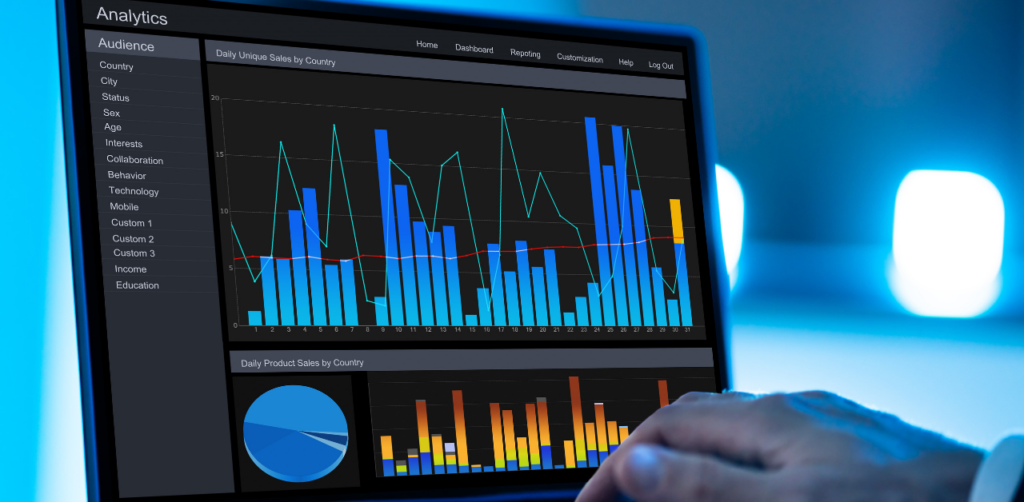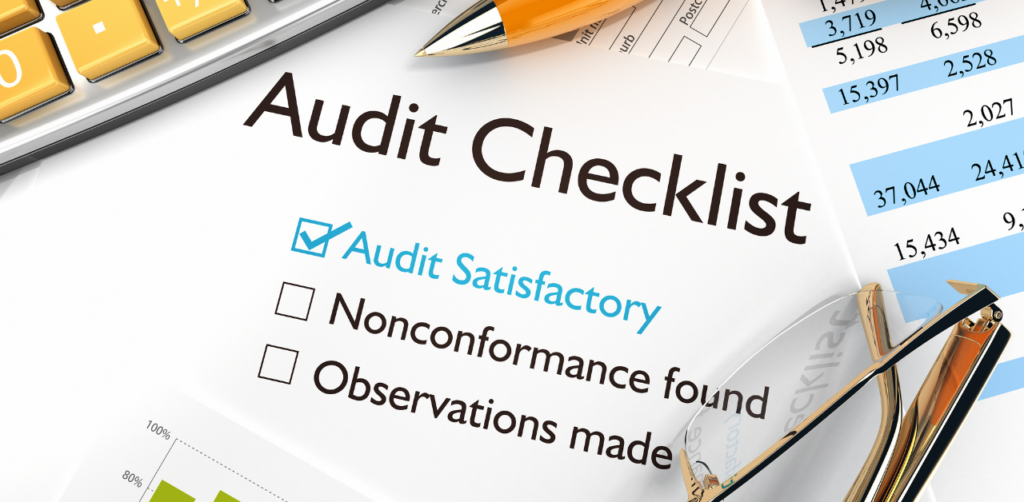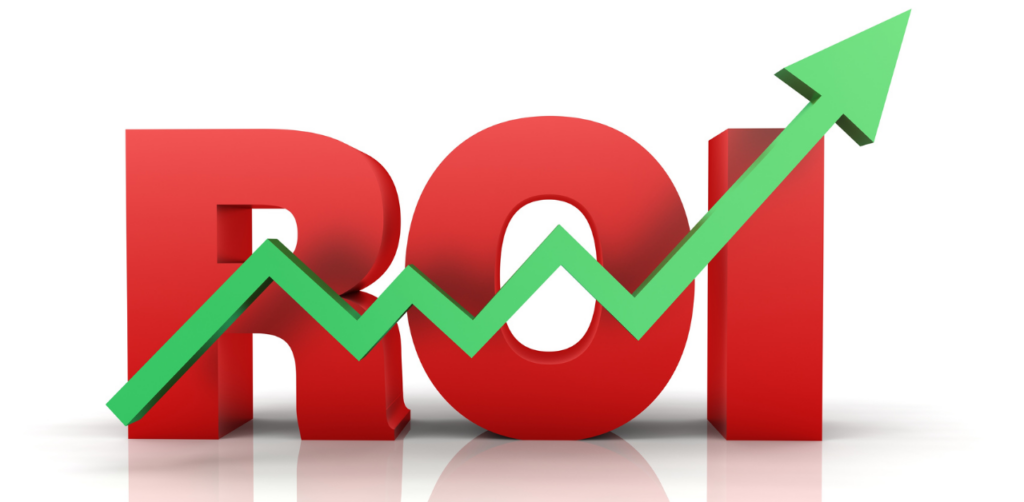Creating detailed social media reports is a must for marketing agencies looking to showcase the impact of their efforts. Clients rely on clear, actionable insights to understand the performance of their social media accounts. A strong reporting template not only saves time but also helps highlight results in a way that’s easy to grasp.
With so many social media channels to manage, keeping track of performance can feel like a juggling act. That’s where a streamlined social media report template comes in handy. It brings all the key metrics together in one place, making it simple to analyze social media performance and adjust strategies as needed.
This guide will walk you through crafting the ultimate social media report. Whether you’re tracking engagement, audience growth, or campaign success, the right tools and structure can turn raw data into meaningful insights that drive a winning social media strategy.
Why Marketing Agencies Need a Comprehensive Social Media Reporting Template
Marketing agencies manage multiple social media channels, juggle various campaigns, and cater to diverse client needs. A comprehensive social media reporting template streamlines the reporting process, ensuring that agencies can analyze data effectively, present key insights, and optimize social media strategies. Here’s why having such a template is essential:
- Consistency Across Reports: A reporting template ensures all social media reports follow the same structure, making it simple for marketing teams to compare performance across different periods or campaigns.
- Focus on Key Metrics: It highlights important metrics such as engagement rates, audience demographics, follower growth, and paid campaign performance. This keeps the focus on data points that matter most to the client’s social media objectives.
- Streamlined Reporting Process: Using a pre-designed template saves time. Social media managers can generate monthly or quarterly reports with just a few clicks, reducing the workload associated with creating social media reports from scratch.
- Improved Communication with Clients: Clients gain clarity on their social media KPIs and can easily understand how their social media channels are performing. It helps social media marketers demonstrate the ROI of digital marketing efforts.
- Supports Data-Driven Decisions: Agencies can optimize social media strategies by analyzing data from a custom social media report. Insights into top-performing posts, engagement metrics, and paid campaign results guide future strategies to enhance performance.
Key Components of an Effective Social Media Report

Creating social media reports is essential for tracking and improving social media performance. A well-structured report provides actionable insights for your marketing team, social media managers, and clients. To ensure clarity and effectiveness, include these key components:
1. Objectives and Goals
Start by outlining the objectives of your social media strategy. Clearly define what your social media efforts aim to achieve, such as increasing follower growth, boosting engagement, or driving website traffic. Connecting goals to specific social media campaigns helps align the report with your client’s or organization’s broader marketing strategy.
2. Audience Demographics
Understanding your target audience is essential for optimizing social media strategies. Include key data about audience demographics, such as age, location, and interests, gathered from social media analytics or tools like Google Analytics. Highlight how audience growth aligns with marketing efforts and social media objectives.
3. Key Performance Indicators (KPIs)
Feature the KPIs that matter most to the client or your organization. Metrics like engagement rates, impressions, clicks, and conversions are often critical. Break down these key metrics by social media channels to provide a clear view of how each platform contributes to overall performance. This allows for more precise recommendations for future strategies.
4. Performance Data and Trends
Present a detailed analysis of social media data over a specific period, such as monthly reports or quarterly reports. Highlight key insights, such as top-performing posts, shifts in audience growth, or emerging patterns in social media analytics. Identifying trends helps refine strategies for upcoming campaigns and optimize social media presence across multiple platforms.
5. Social Media Analytics
Tools like Google Analytics and platform-specific analytics can be used to track performance data across all social platforms. Include engagement metrics, such as likes, shares, comments, and click-through rates. A custom social media report template can streamline the reporting process, making it easy to compile data points and create insightful social media reports with just a few clicks.
6. Campaign and Content Performance
Break down the results of specific social media campaigns. Highlight the performance of social media posts, paid campaigns, and organic efforts. Including information about top-performing posts and relevant metrics offers valuable insights into what resonates with your audience.
7. Recommendations and Future Strategies
Wrap up the report with actionable recommendations based on the insights gathered. Suggest ways to improve social media marketing efforts, refine content strategies, or expand the reach of paid campaigns. Ensure that these suggestions align with the client’s social media KPIs and marketing strategy.
8. Visualized Data
Charts and graphs can make complex performance data easier to digest. Use a social media report template to present data visually, showing key metrics like follower growth, engagement rates, or audience demographics. This makes the report more engaging for stakeholders.
Integrating Google Analytics with Social Media Reports

Integrating Google Analytics with your social media reports can provide clear insights into your client’s social media performance. This combination helps social media teams track essential metrics like traffic, conversions, and user behavior. Using these insights, you can create more effective monthly social media reports that highlight results and areas for improvement.
Start by linking Google Analytics to your client’s social media channels. Use UTM parameters to tag campaigns and monitor traffic from specific platforms like Facebook, Instagram, or LinkedIn. This allows you to pinpoint the impact of each post or campaign.
Key Benefits:
- Track Website Traffic: See how many visitors come to your site from social media platforms. This helps evaluate the reach of your social media services.
- Understand Conversions: Identify which platforms drive the most conversions, such as purchases or form submissions.
- Monitor Audience Behavior: Understand how users interact with your site after clicking on social media links.
With Google Analytics data, monthly social media reports become more actionable. Instead of relying solely on platform insights, you can provide a fuller picture of your client’s social media performance. This approach ensures clients see the value of your social media services in driving results.
Common Mistakes to Avoid in Social Media Reporting
Social media reporting is an essential part of evaluating your success and showing clients the value of your services. However, some mistakes can undermine your efforts and create confusion. Here’s what to watch for:
- Ignoring the Client’s Goals: A common mistake is creating reports that don’t align with the client’s social media goals. Each client’s priorities differ—some may care about follower growth, while others focus on engagement or sales. Ensure your social media performance report highlights the metrics that matter most to them. Tailoring the report to its objectives improves its relevance and impact.
- Overloading with Data: Too much information can overwhelm clients and dilute the report’s focus. Stick to essential metrics demonstrating their social media performance, such as engagement rates, reach, conversions, and follower growth. Use a social media analytics template to organize your data in a clear and easy-to-follow way.
- Lack of Consistency in Reporting: Inconsistent formats or reporting schedules can confuse clients and disrupt communication. Use a consistent social media analytics template for monthly social media reports. This approach helps clients easily track progress over time and understand patterns in their social media channels.
- Failing to Include Insights: Numbers alone don’t tell the full story. Social media teams often make the mistake of not explaining what the data means. Pair metrics with insights, such as why engagement dropped or which content type performed best. This analysis demonstrates your value and provides actionable recommendations.
- Neglecting Visuals: Relying only on text or tables can make reports hard to read. Include charts, graphs, and visuals to present data clearly. This makes your social media performance report more engaging and helps clients grasp the information quickly.
- Skipping Competitor Comparisons: Clients want to know how they stack up against their competitors. Ignoring this aspect can leave them questioning their progress. Add benchmarks or comparisons to show how their social media channels are performing in context.
- Not Highlighting ROI: Clients invest in social media services to see returns. Failing to connect metrics like leads or sales to their investment can weaken the report. Use clear language to tie your work to measurable outcomes, reinforcing the value of your social media services.
Streamline Reporting and Drive Results with Expert Guidance
Building a straightforward yet effective reporting process helps your agency stand out. It gives clients confidence and keeps everyone aligned. Start by refining your template today.
For personalized guidance on improving your agency’s strategy, book a consultation with Web Search Marketing, your most trusted SEO marketing agency based in Las Vegas. Get insights that drive better results for your clients.































